Home>Furniture & Design>Interior Design Trends>How To Remove Water Stains From Car Glass
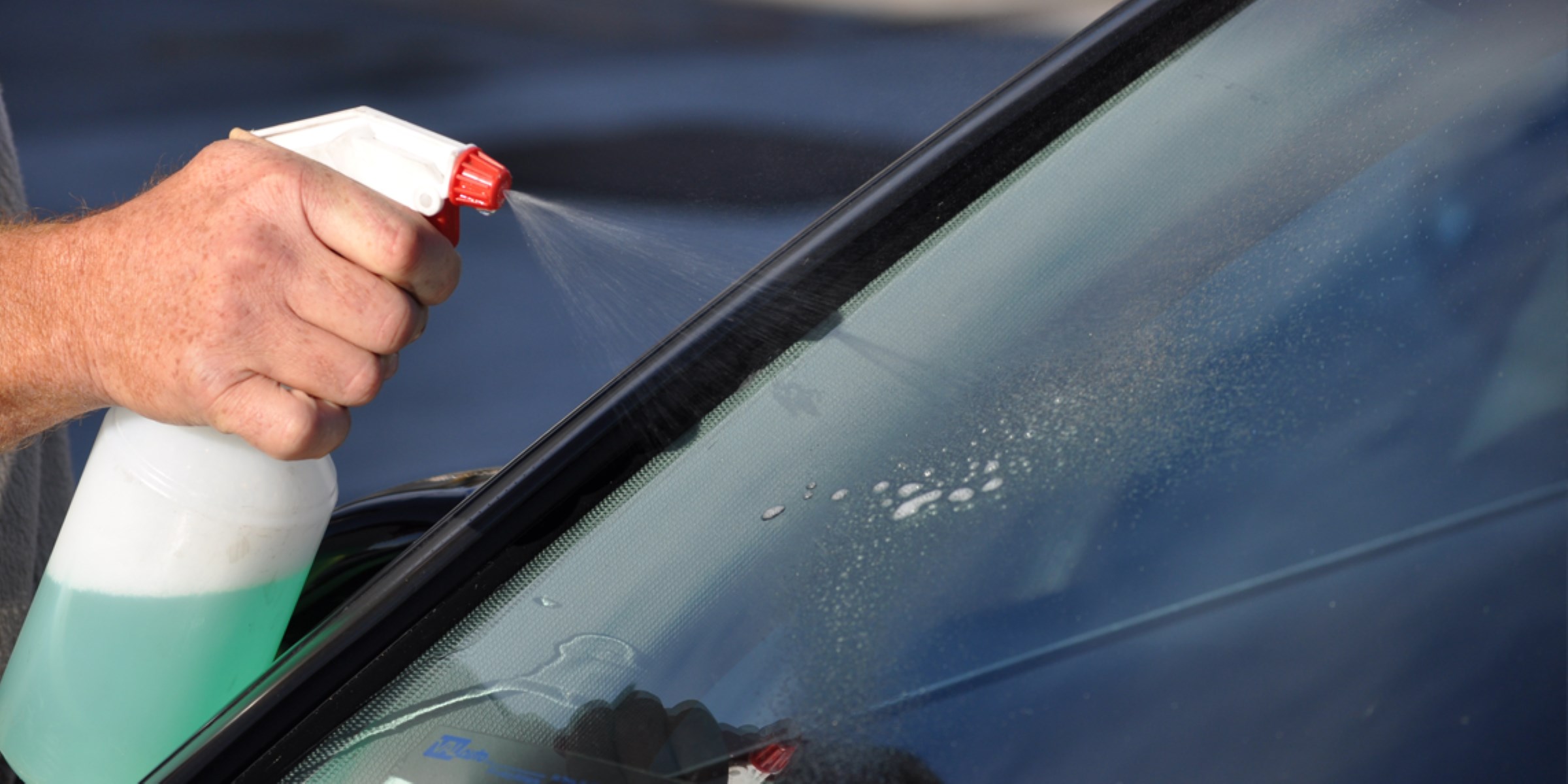

Interior Design Trends
How To Remove Water Stains From Car Glass
Published: February 3, 2024
Learn effective techniques for removing water stains from car glass and keep up with the latest interior design trends for a stylish and modern look. Discover expert tips and tricks to maintain your car's glass surfaces.
(Many of the links in this article redirect to a specific reviewed product. Your purchase of these products through affiliate links helps to generate commission for Storables.com, at no extra cost. Learn more)
Introduction
Water stains on car glass can be a frustrating and unsightly nuisance for any vehicle owner. Whether they result from rain, sprinkler overspray, or hard water, these stains can obscure visibility and detract from the overall appearance of the car. Fortunately, there are effective methods for removing water stains and restoring the clarity of the glass.
In this comprehensive guide, we will explore various techniques for removing water stains from car glass, ranging from DIY remedies using household ingredients to the use of commercial glass cleaners. Additionally, we will delve into preventive measures to help car owners maintain the pristine condition of their vehicle's glass surfaces.
By understanding the nature of water stains and the appropriate methods for their removal, car owners can ensure that their vehicles maintain optimal visibility and aesthetic appeal. Whether you are dealing with stubborn water stains or seeking proactive strategies for glass maintenance, this guide will equip you with the knowledge and tools necessary to keep your car glass in top condition.
Key Takeaways:
- Say goodbye to water stains on your car glass! Use vinegar, baking soda, or rubbing alcohol for a DIY fix. Prevent future stains with hydrophobic coatings and proper drying techniques.
- Keep your car glass crystal clear! Commercial glass cleaners are effective against water stains. Prevent stains by avoiding hard water sources and using gentle cleaners regularly.
Read more: How To Remove Hard Water Stains From Glass
Understanding Water Stains on Car Glass
Water stains on car glass are a common issue that can arise from various sources, including rain, hard water, and sprinkler overspray. These stains often manifest as cloudy or hazy spots on the glass, diminishing visibility and detracting from the overall appearance of the vehicle. Understanding the nature of water stains is crucial in determining the most effective methods for their removal.
The primary culprit behind water stains is mineral deposits, such as calcium, magnesium, and silica, which are present in hard water. When water droplets evaporate on the glass surface, these minerals are left behind, creating unsightly stains. Additionally, environmental factors such as air pollution and contaminants can exacerbate the formation of water stains, further complicating the cleaning process.
It is essential to differentiate between water spots and etching on car glass. Water spots typically sit on the surface of the glass and can be removed through proper cleaning methods. On the other hand, glass etching occurs when acidic or abrasive substances damage the glass, resulting in permanent marks that cannot be removed through conventional cleaning techniques.
Understanding the composition and origin of water stains is crucial for selecting the appropriate removal method. Different types of stains may require specific treatments to effectively dissolve and eliminate the mineral deposits without causing damage to the glass surface. By gaining insight into the nature of water stains, car owners can make informed decisions when choosing the best approach to restore the clarity and pristine condition of their vehicle's glass.
By comprehending the underlying causes of water stains and their impact on car glass, individuals can take proactive measures to address and prevent these issues, ensuring optimal visibility and a polished appearance for their vehicles.
Methods for Removing Water Stains
When it comes to removing water stains from car glass, there are several effective methods that car owners can employ to restore the clarity and pristine condition of their vehicle's windows and windshield. From utilizing household ingredients to leveraging commercial glass cleaners, the following techniques offer versatile solutions for tackling water stains.
Using Vinegar and Water
One popular DIY remedy for removing water stains involves the use of vinegar and water. A mixture of equal parts white vinegar and water can be applied to the affected areas using a spray bottle or a clean cloth. The acidic properties of vinegar help dissolve mineral deposits, making it an effective solution for combating water stains. After applying the vinegar and water solution, the glass can be thoroughly wiped and polished to reveal a clear and spot-free surface.
Using Commercial Glass Cleaners
Commercial glass cleaners specifically formulated for removing water stains can provide a convenient and efficient solution. These cleaners are designed to break down and lift mineral deposits from the glass, restoring transparency and eliminating unsightly stains. When using commercial glass cleaners, it is important to follow the manufacturer's instructions and ensure thorough rinsing and drying of the glass surface for optimal results.
Read more: How To Remove Stains From A Car Carpet
Using Baking Soda and Water
Baking soda, known for its gentle abrasive properties, can be combined with water to create a paste for treating water stains on car glass. This paste can be carefully applied to the affected areas and gently rubbed using a soft cloth or sponge. The mild abrasive action of baking soda helps lift and dislodge mineral deposits, gradually diminishing the appearance of water stains. After treatment, the glass should be rinsed and dried to reveal a revitalized and clear surface.
Using Rubbing Alcohol
Rubbing alcohol, also known as isopropyl alcohol, can be utilized to dissolve and remove water stains from car glass. When applied to the affected areas using a clean cloth, rubbing alcohol effectively breaks down mineral deposits, allowing for easy removal and restoration of the glass surface. Following the application of rubbing alcohol, thorough rinsing and drying of the glass are essential to achieve optimal clarity and a streak-free finish.
By exploring these diverse methods for removing water stains from car glass, individuals can select the approach that best suits their preferences and readily available resources. Whether opting for DIY solutions using household ingredients or utilizing specialized commercial products, car owners can effectively combat water stains and maintain the impeccable appearance of their vehicle's glass surfaces.
Using Vinegar and Water
One popular and cost-effective method for removing water stains from car glass involves the use of a simple yet powerful solution: vinegar and water. This DIY remedy harnesses the acidic properties of vinegar to effectively dissolve mineral deposits and restore the clarity of the glass surface. By creating a mixture of equal parts white vinegar and water, car owners can embark on a straightforward yet impactful process to combat water stains.
To initiate the treatment, the vinegar and water solution can be conveniently applied to the affected areas using a spray bottle or a clean cloth. The acidic nature of vinegar serves as a potent agent for breaking down mineral deposits, making it an ideal candidate for addressing water stains. As the solution is gently spread across the glass surface, the vinegar begins to penetrate and dissolve the stubborn mineral deposits, gradually diminishing the appearance of water stains.
Following the application of the vinegar and water solution, thorough wiping and polishing of the glass are essential to reveal a revitalized and spot-free surface. This step ensures that the dissolved mineral deposits are effectively removed, leaving the glass clear and transparent. By diligently wiping the glass with a clean cloth, car owners can witness the gradual disappearance of water stains, resulting in improved visibility and a polished aesthetic for their vehicle's windows and windshield.
The versatility and accessibility of the vinegar and water method make it a popular choice for individuals seeking a practical and budget-friendly solution for water stain removal. Whether dealing with mild or moderate water stains, this DIY remedy offers a compelling alternative to commercial products, allowing car owners to achieve impressive results with minimal investment.
In summary, the vinegar and water method stands as a testament to the effectiveness of simple yet potent solutions in addressing water stains on car glass. By harnessing the acidic properties of vinegar and its ability to dissolve mineral deposits, car owners can restore the pristine condition of their vehicle's glass surfaces, ensuring optimal visibility and a polished appearance.
Using Commercial Glass Cleaners
When it comes to combating water stains on car glass, the utilization of commercial glass cleaners offers a convenient and efficient solution. These specialized products are specifically formulated to tackle mineral deposits and restore the transparency of glass surfaces, making them a valuable asset in the quest for spot-free windows and windshields.
Commercial glass cleaners designed for water stain removal typically feature powerful ingredients that effectively break down and lift mineral deposits from the glass. These formulations are tailored to address the specific challenges posed by water stains, ensuring that they penetrate and dissolve the stubborn deposits, ultimately revealing a clear and pristine surface.
To initiate the treatment with a commercial glass cleaner, car owners can follow the manufacturer's instructions for optimal usage. This may involve applying the cleaner to the affected areas and allowing it to dwell for a specified duration to facilitate the breakdown of mineral deposits. Subsequently, thorough rinsing and drying of the glass surface are essential to ensure the complete removal of dissolved deposits and to achieve a streak-free finish.
The effectiveness of commercial glass cleaners in removing water stains is further enhanced by their ability to provide a protective barrier against future mineral buildup. By utilizing these cleaners as part of a regular maintenance routine, car owners can proactively safeguard their glass surfaces from the detrimental effects of water stains, preserving optimal visibility and a polished appearance.
Furthermore, the convenience and accessibility of commercial glass cleaners make them a practical choice for individuals seeking a hassle-free solution for water stain removal. With a diverse range of products available in the market, car owners can select formulations that align with their preferences and specific needs, ensuring that they can effectively address water stains with ease and confidence.
In summary, the utilization of commercial glass cleaners presents a compelling approach to combating water stains on car glass. By harnessing the targeted formulations and protective benefits offered by these products, car owners can achieve remarkable results in restoring the clarity and pristine condition of their vehicle's glass surfaces, ultimately enhancing visibility and aesthetic appeal.
Read more: How To Remove Stains From Car Ceiling
Using Baking Soda and Water
Another effective method for removing water stains from car glass involves the use of a household staple: baking soda. Renowned for its gentle abrasive properties, baking soda can be combined with water to create a potent paste for treating water stains on glass surfaces. This simple yet impactful DIY remedy offers a versatile and accessible solution for car owners seeking to restore the clarity and pristine condition of their vehicle's windows and windshield.
To initiate the treatment, a paste can be formed by mixing baking soda with water to achieve a thick yet spreadable consistency. This paste can then be carefully applied to the affected areas on the glass, ensuring thorough coverage of the water stains. The mild abrasive action of baking soda serves as a powerful ally in dislodging and lifting mineral deposits from the glass surface, gradually diminishing the appearance of water stains.
Once the paste is applied, gentle rubbing using a soft cloth or sponge can be employed to facilitate the action of the baking soda in targeting the stubborn mineral deposits. This process allows the abrasive nature of baking soda to effectively break down the deposits, revealing a revitalized and clear surface underneath. As the treatment progresses, car owners can observe the gradual disappearance of water stains, signaling the successful removal of mineral deposits and the restoration of transparency.
Following the application and gentle rubbing of the baking soda paste, thorough rinsing and drying of the glass surface are essential to complete the treatment. This step ensures that any residual baking soda and dissolved mineral deposits are effectively removed, leaving the glass with a streak-free and polished finish. The result is a visibly improved glass surface, free from the unsightly effects of water stains and offering enhanced visibility for the driver and passengers.
The accessibility and effectiveness of the baking soda and water method make it a compelling choice for individuals seeking a practical and budget-friendly solution for water stain removal. Whether dealing with mild to moderate water stains, this DIY remedy offers a compelling alternative to commercial products, allowing car owners to achieve impressive results with minimal investment.
In summary, the use of baking soda and water presents a testament to the effectiveness of simple yet potent solutions in addressing water stains on car glass. By harnessing the gentle abrasive properties of baking soda and its ability to dislodge mineral deposits, car owners can restore the pristine condition of their vehicle's glass surfaces, ensuring optimal visibility and a polished appearance.
Using Rubbing Alcohol
Using rubbing alcohol is a highly effective method for removing water stains from car glass. Also known as isopropyl alcohol, this versatile solution offers a powerful means of dissolving and eliminating mineral deposits that contribute to the unsightly appearance of water stains. By leveraging the properties of rubbing alcohol, car owners can achieve remarkable results in restoring the clarity and pristine condition of their vehicle's windows and windshield.
To initiate the treatment, a small amount of rubbing alcohol can be applied to a clean cloth or sponge. The cloth can then be used to gently rub the affected areas on the glass, ensuring thorough coverage of the water stains. As the rubbing alcohol comes into contact with the mineral deposits, its potent dissolving properties begin to break down the stubborn residues, effectively facilitating their removal from the glass surface.
The application of rubbing alcohol serves as a catalyst for the dissolution of mineral deposits, allowing for their easy removal and the restoration of transparency. As the treatment progresses, car owners can observe the gradual disappearance of water stains, signaling the successful elimination of mineral deposits and the revitalization of the glass surface.
Following the application of rubbing alcohol, thorough rinsing and drying of the glass surface are essential to complete the treatment. This crucial step ensures that any dissolved mineral deposits and residual alcohol are effectively removed, leaving the glass with a streak-free and polished finish. The result is a visibly improved glass surface, free from the unsightly effects of water stains and offering enhanced visibility for the driver and passengers.
The accessibility and effectiveness of rubbing alcohol make it a compelling choice for individuals seeking a practical and efficient solution for water stain removal. Its versatility and availability make it a valuable addition to any car owner's maintenance toolkit, providing a reliable means of combating water stains and maintaining the impeccable appearance of their vehicle's glass surfaces.
In summary, the use of rubbing alcohol stands as a testament to the effectiveness of simple yet potent solutions in addressing water stains on car glass. By harnessing the dissolving properties of rubbing alcohol, car owners can achieve remarkable results in restoring the pristine condition of their vehicle's glass surfaces, ensuring optimal visibility and a polished appearance.
Mix equal parts of white vinegar and water in a spray bottle. Spray the solution onto the water stains and let it sit for a few minutes. Then, wipe the glass with a clean microfiber cloth to remove the stains.
Preventing Water Stains on Car Glass
Preventing water stains on car glass is essential for maintaining optimal visibility and preserving the pristine condition of the vehicle's windows and windshield. By implementing proactive measures, car owners can mitigate the risk of water stains and ensure that their glass surfaces remain clear and free from unsightly mineral deposits.
One effective strategy for preventing water stains involves the regular use of a hydrophobic glass coating. These specialized coatings create a protective barrier on the glass surface, repelling water and minimizing the accumulation of mineral deposits. By applying a hydrophobic coating to the car's windows and windshield, car owners can significantly reduce the likelihood of water stains, ensuring that their glass surfaces remain transparent and easy to maintain.
In addition to utilizing hydrophobic coatings, car owners can incorporate proper drying techniques into their car care routine. After washing the vehicle or driving in wet conditions, thoroughly drying the glass surfaces with a clean microfiber cloth can help prevent water stains from forming. By removing excess moisture promptly, car owners can minimize the opportunity for mineral deposits to accumulate and diminish the clarity of the glass.
Furthermore, avoiding parking near sprinkler systems or areas with hard water sources can contribute to the prevention of water stains on car glass. By being mindful of the vehicle's parking location and steering clear of potential sources of water contamination, car owners can reduce the exposure of their glass surfaces to mineral-rich water, thereby minimizing the risk of water stains.
Regular maintenance and cleaning of the car's glass surfaces also play a crucial role in preventing water stains. By utilizing gentle, non-abrasive glass cleaners and microfiber cloths, car owners can ensure that mineral deposits are promptly removed before they have the chance to form stubborn stains. Consistent cleaning and maintenance efforts contribute to the preservation of transparent and spot-free glass surfaces, enhancing visibility and the overall aesthetic appeal of the vehicle.
By integrating these preventive measures into their car care routine, car owners can effectively safeguard their glass surfaces from the detrimental effects of water stains. Through the proactive application of hydrophobic coatings, diligent drying practices, mindful parking choices, and regular maintenance, individuals can maintain the optimal clarity and pristine condition of their vehicle's windows and windshield, ensuring a clear and unobstructed view for safe and enjoyable driving experiences.
Conclusion
In conclusion, the presence of water stains on car glass can pose significant challenges for vehicle owners, impacting visibility and detracting from the overall aesthetic appeal of the vehicle. However, through the comprehensive understanding of water stains and the implementation of effective removal methods, individuals can restore the clarity and pristine condition of their vehicle's windows and windshield.
By exploring diverse methods for removing water stains, including the use of vinegar and water, commercial glass cleaners, baking soda and water, and rubbing alcohol, car owners have access to versatile solutions that cater to their preferences and readily available resources. These methods offer compelling alternatives, allowing individuals to combat water stains with confidence and achieve impressive results.
Furthermore, the proactive prevention of water stains through the application of hydrophobic coatings, diligent drying practices, mindful parking choices, and regular maintenance plays a crucial role in preserving the transparency and spot-free condition of car glass. By integrating these preventive measures into their car care routine, individuals can safeguard their glass surfaces from the detrimental effects of water stains, ensuring optimal visibility and a polished appearance for their vehicles.
Ultimately, the successful removal and prevention of water stains on car glass contribute to enhanced visibility, safety, and the overall aesthetic appeal of the vehicle. By equipping themselves with the knowledge and tools necessary to address water stains effectively, car owners can maintain the pristine condition of their vehicle's glass surfaces, ensuring a clear and unobstructed view for safe and enjoyable driving experiences.
In essence, the comprehensive guide presented here empowers car owners to tackle water stains with confidence, offering insights into the nature of water stains, diverse removal methods, and proactive preventive measures. By leveraging this knowledge, individuals can navigate the challenges posed by water stains and uphold the optimal clarity and pristine condition of their vehicle's glass, ultimately enhancing the driving experience and the visual appeal of their vehicles.
Frequently Asked Questions about How To Remove Water Stains From Car Glass
Was this page helpful?
At Storables.com, we guarantee accurate and reliable information. Our content, validated by Expert Board Contributors, is crafted following stringent Editorial Policies. We're committed to providing you with well-researched, expert-backed insights for all your informational needs.
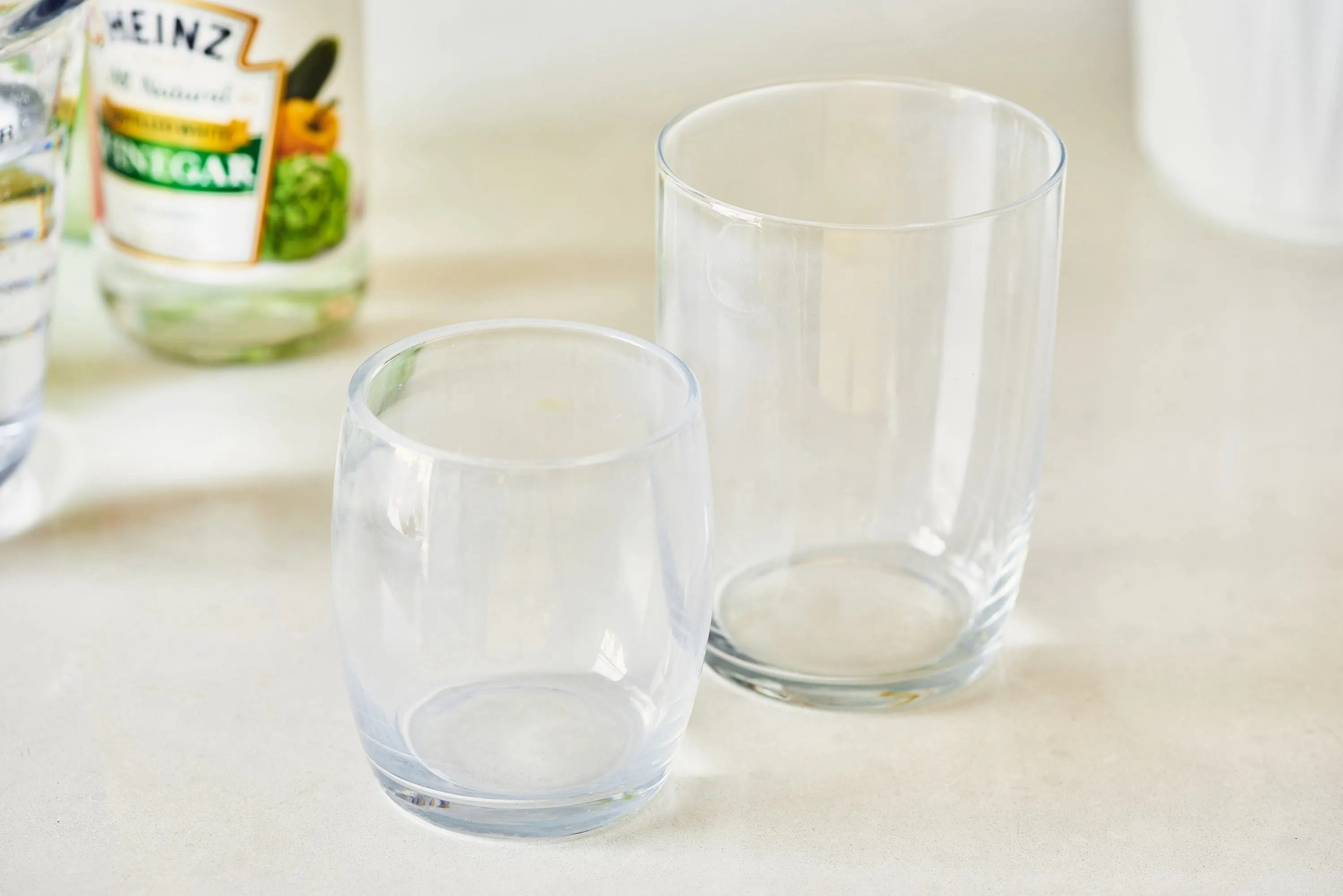
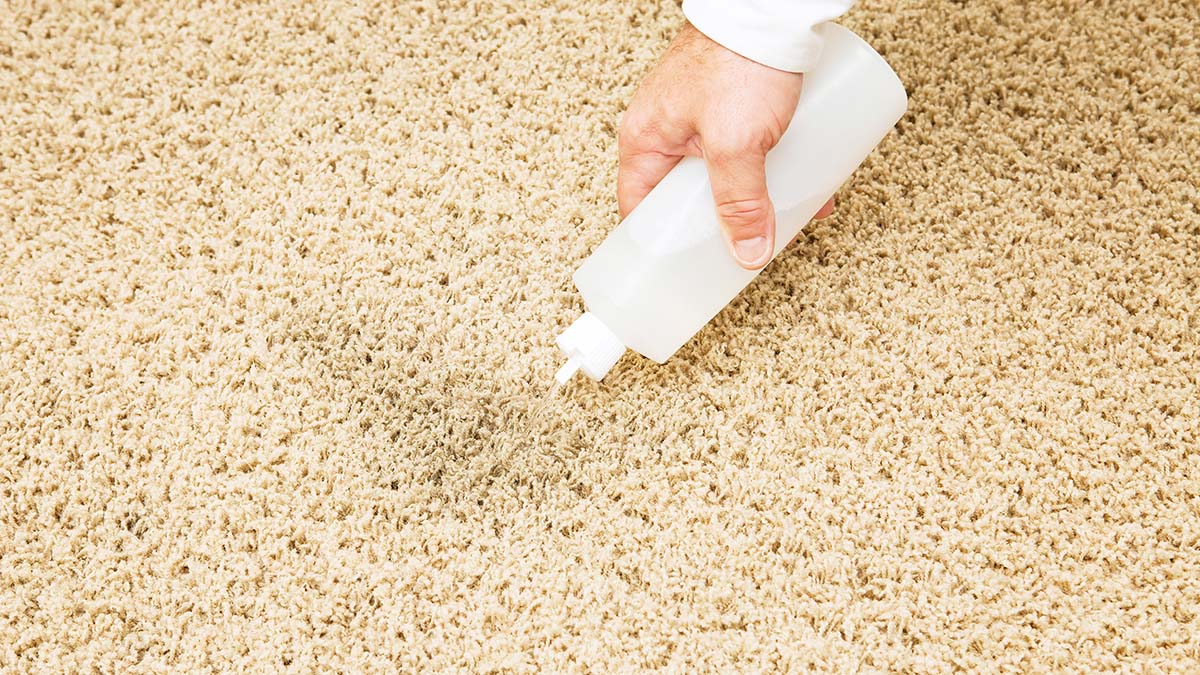
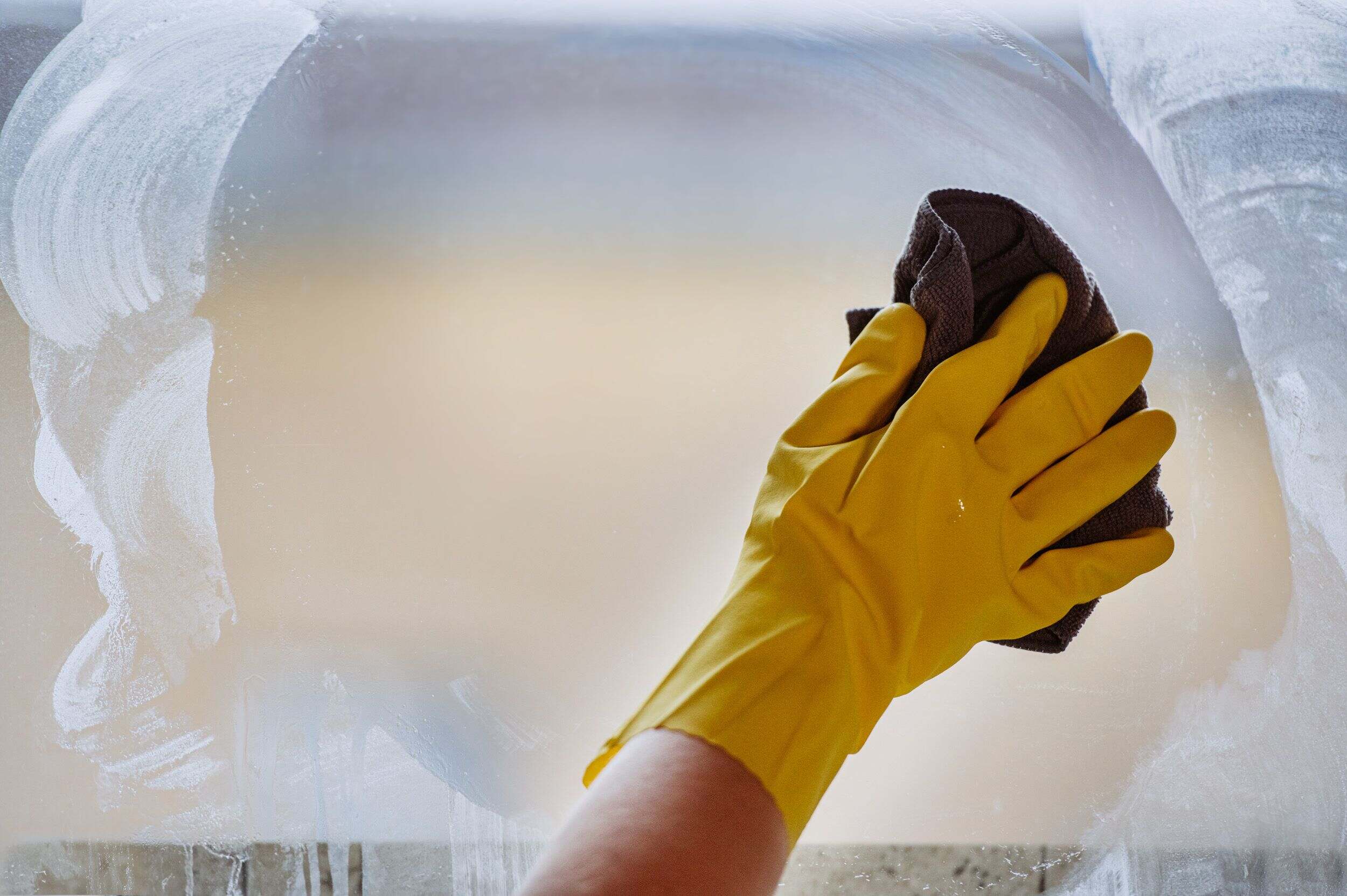
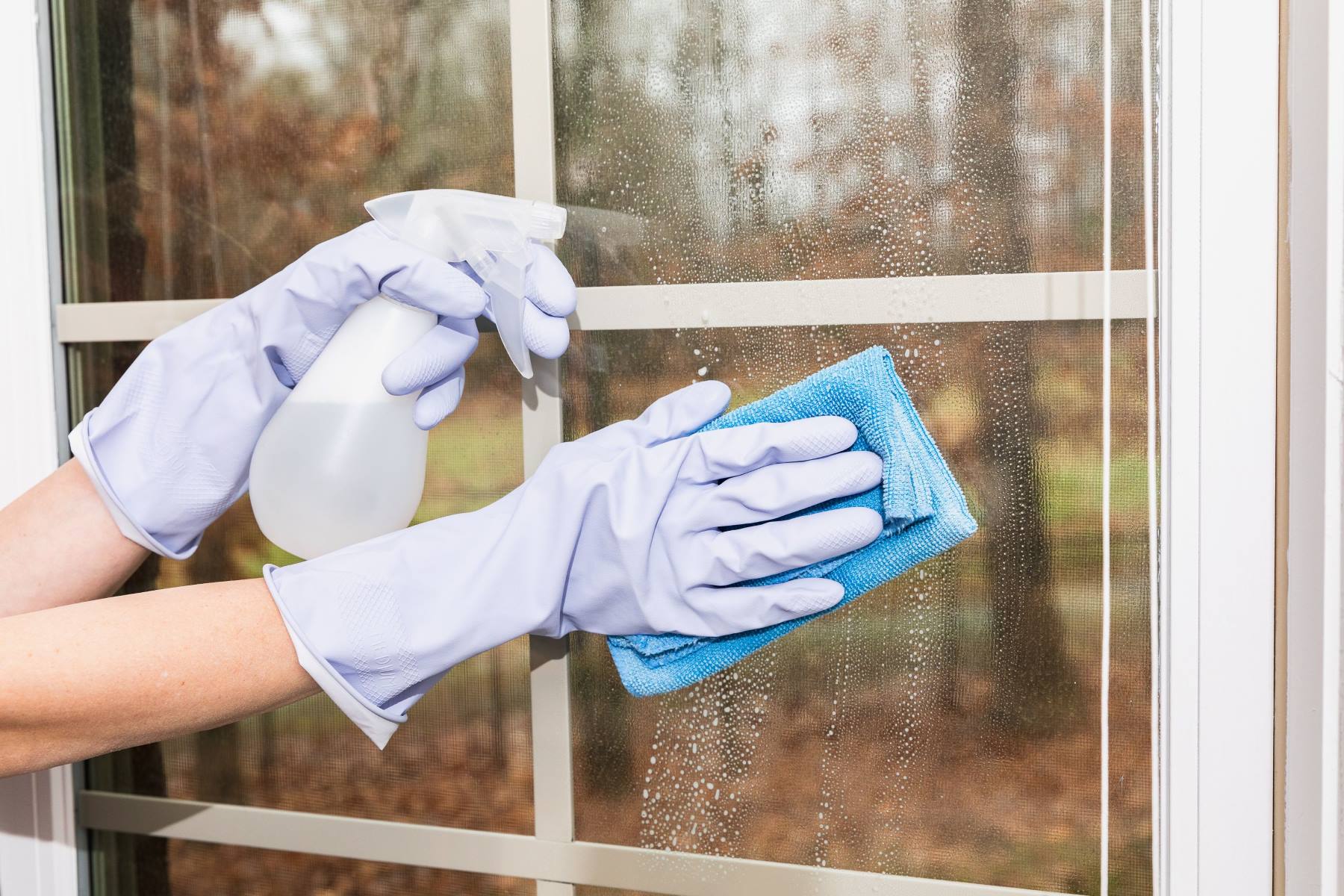
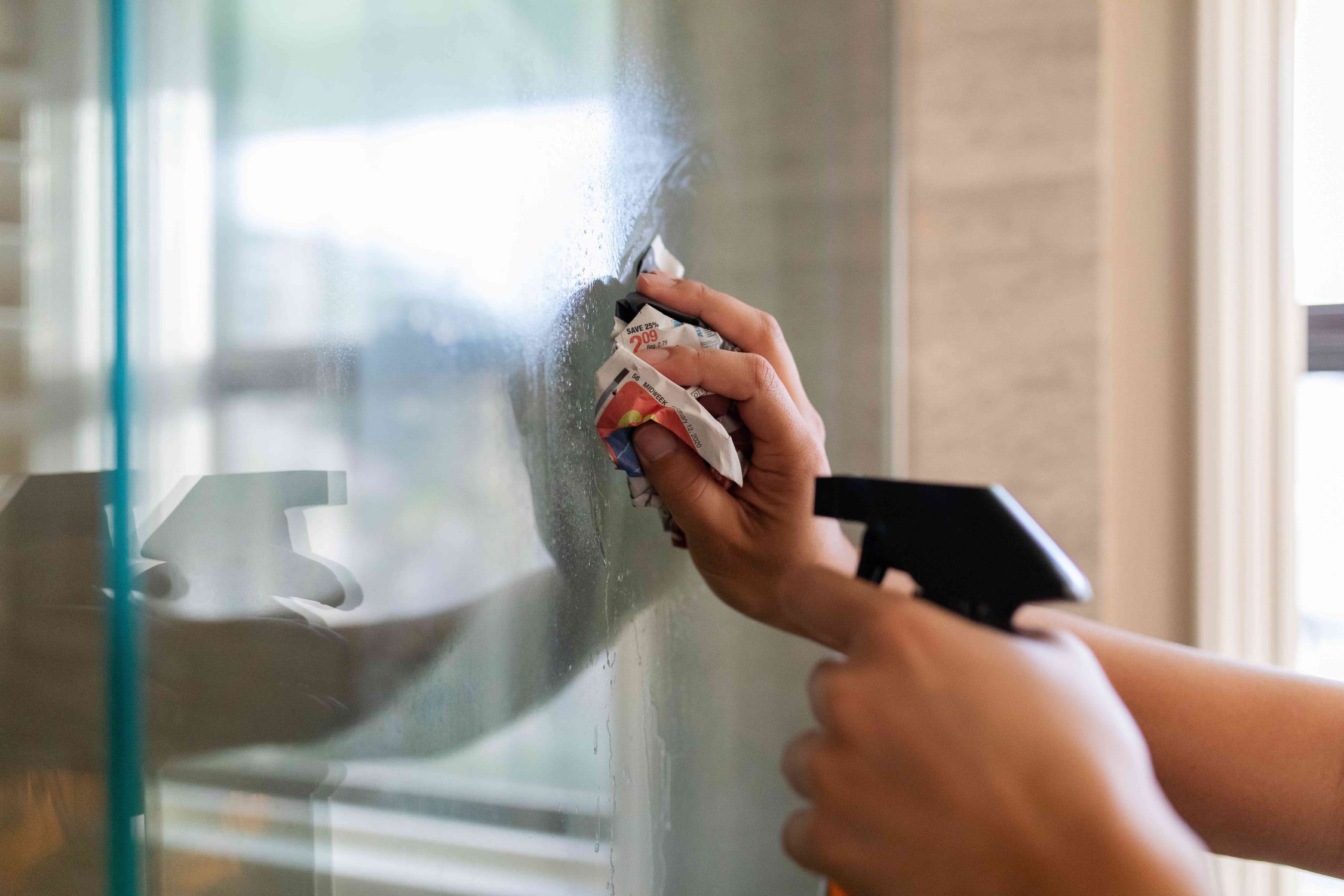
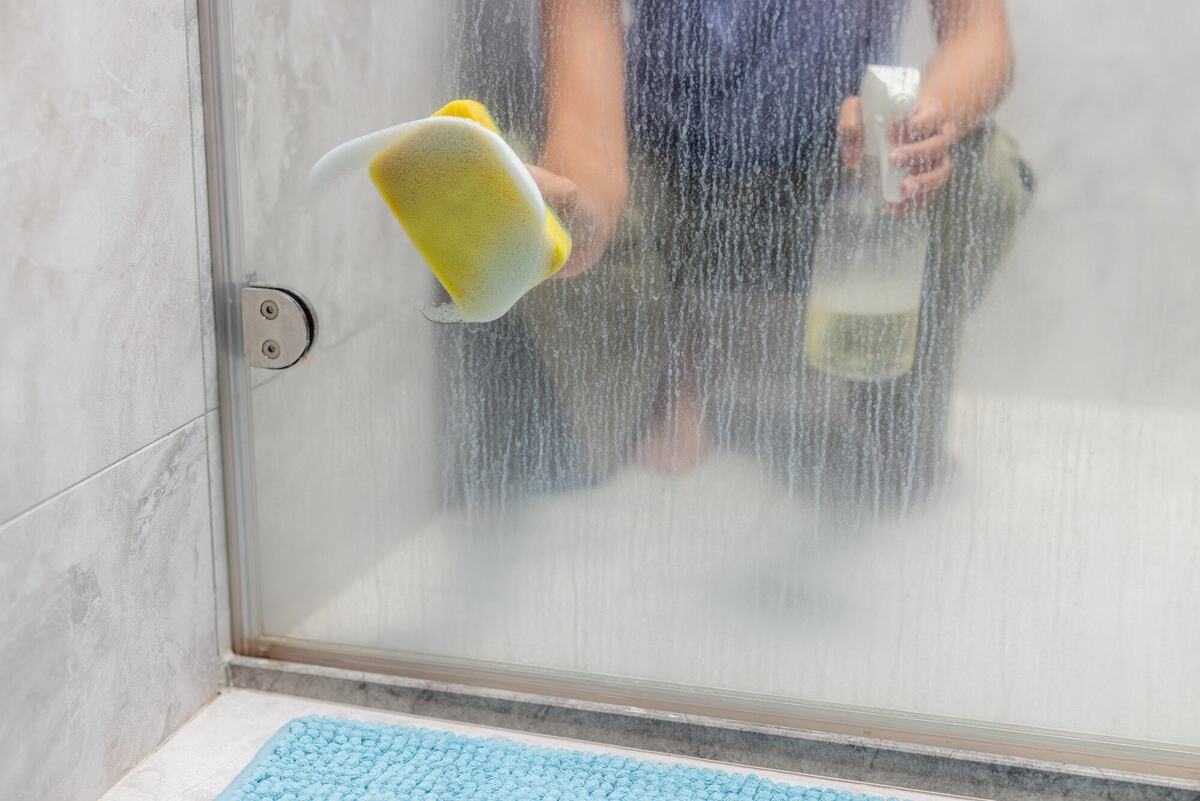
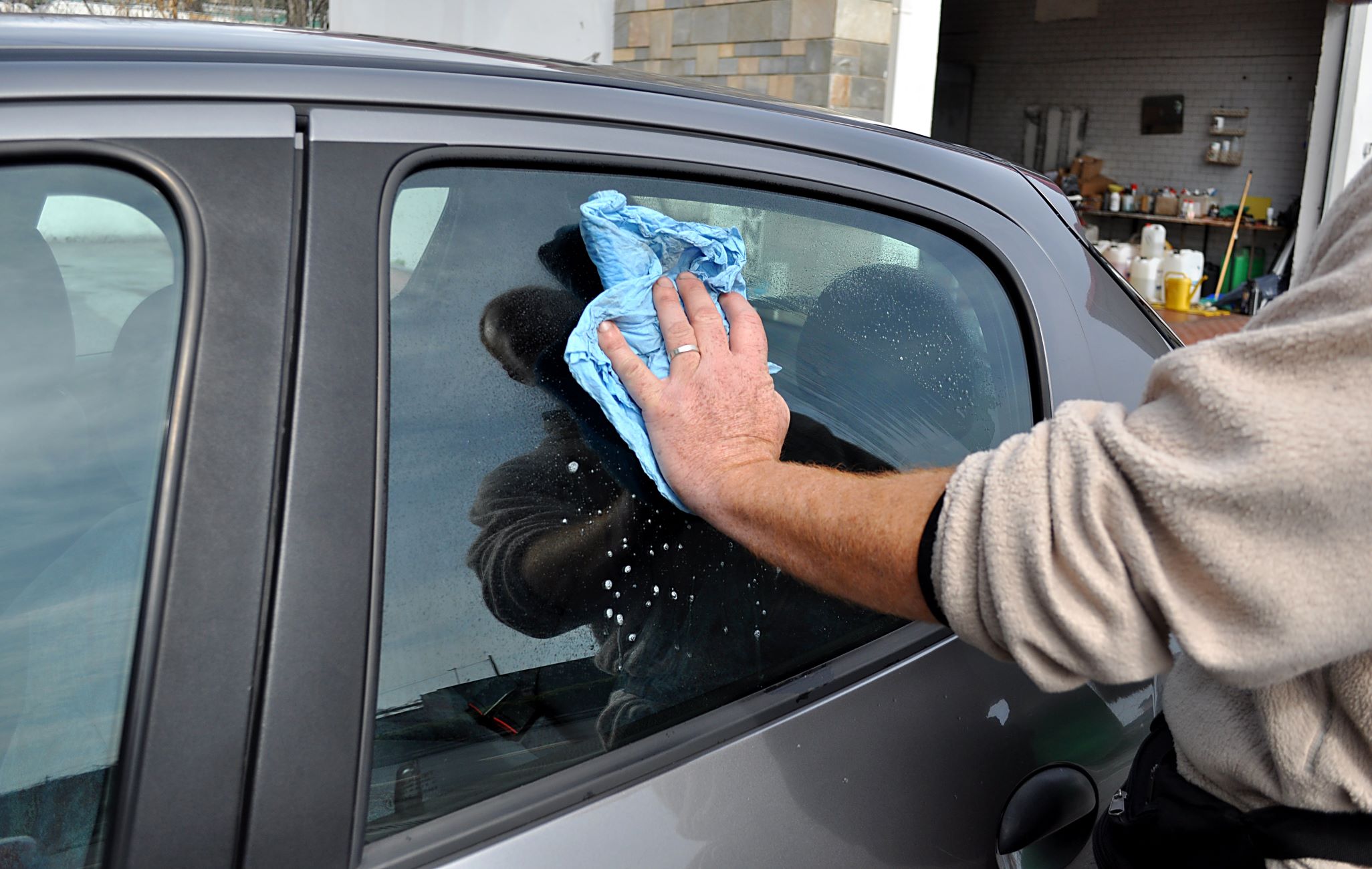
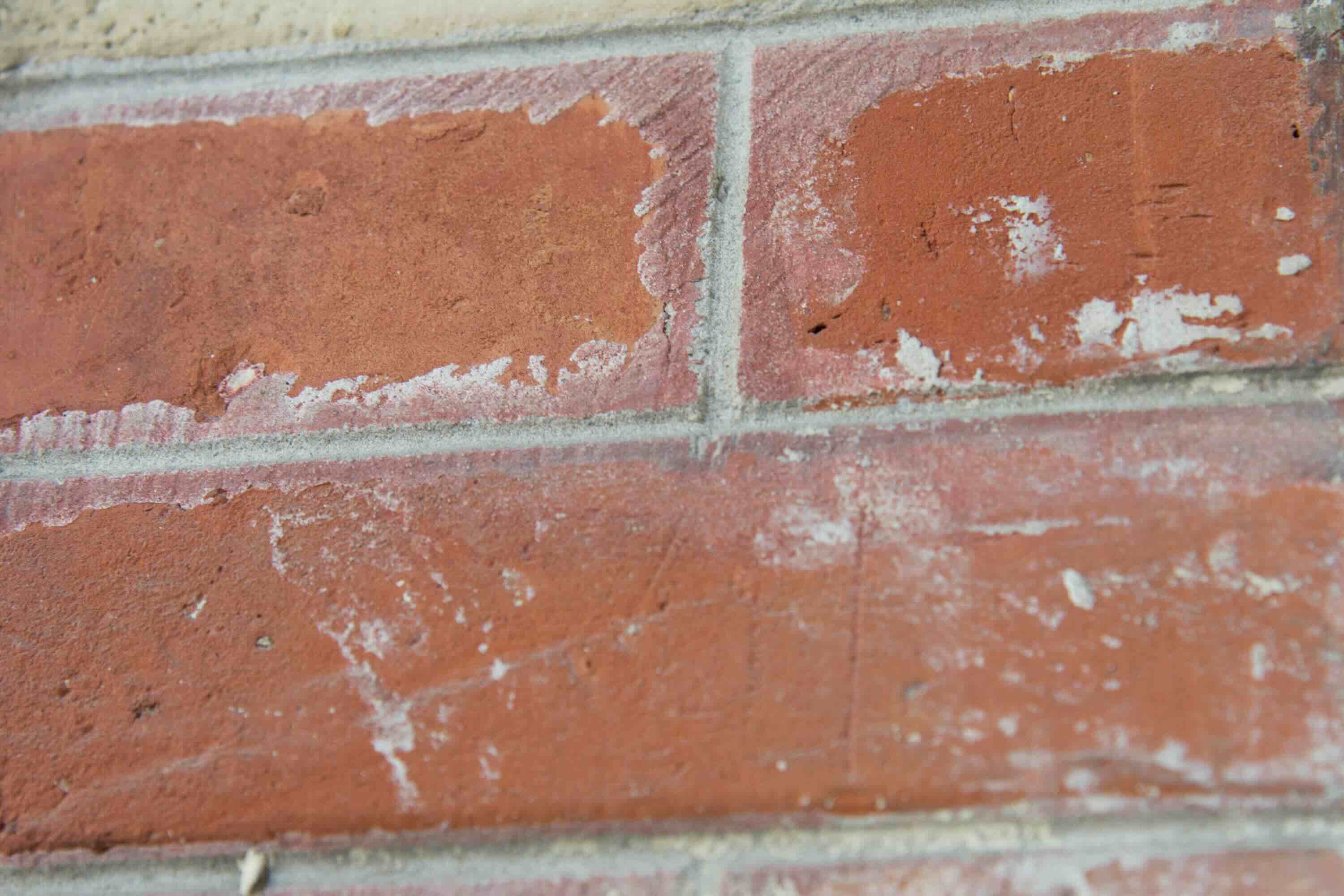
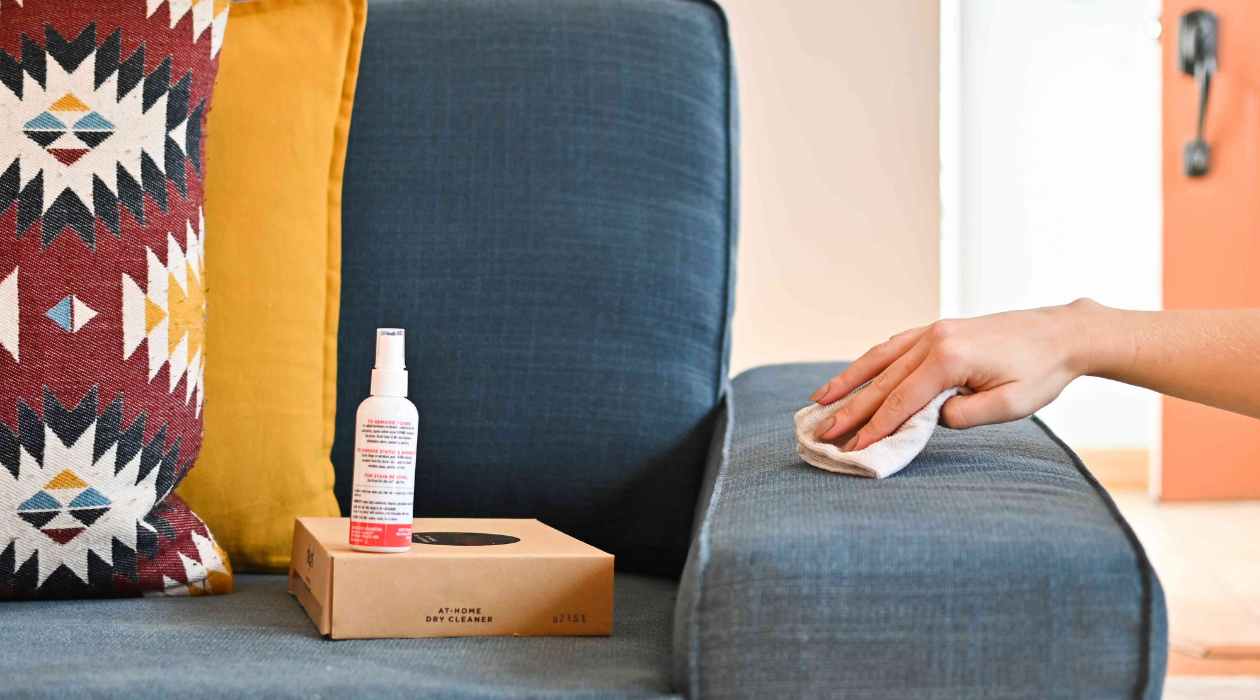
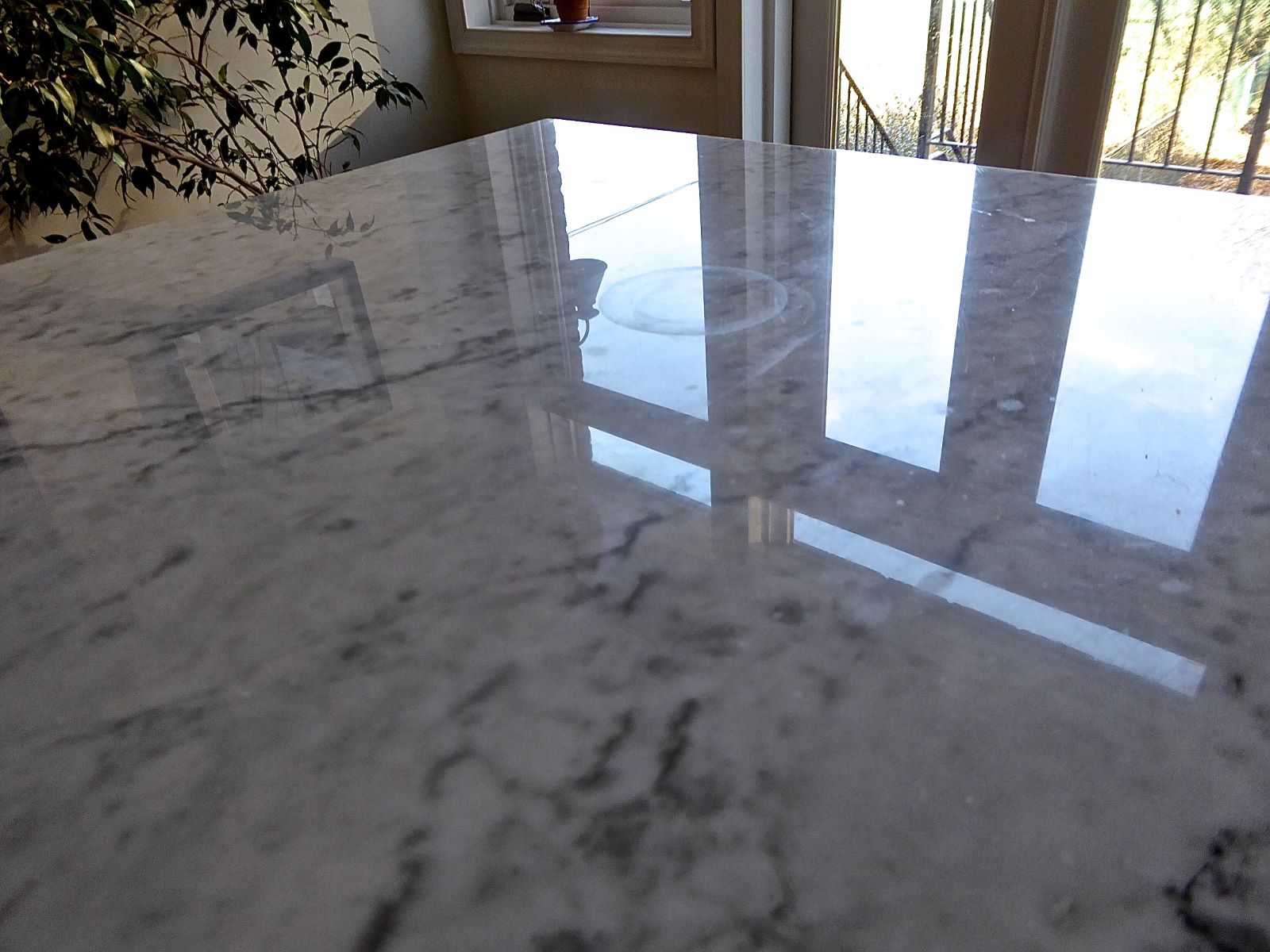
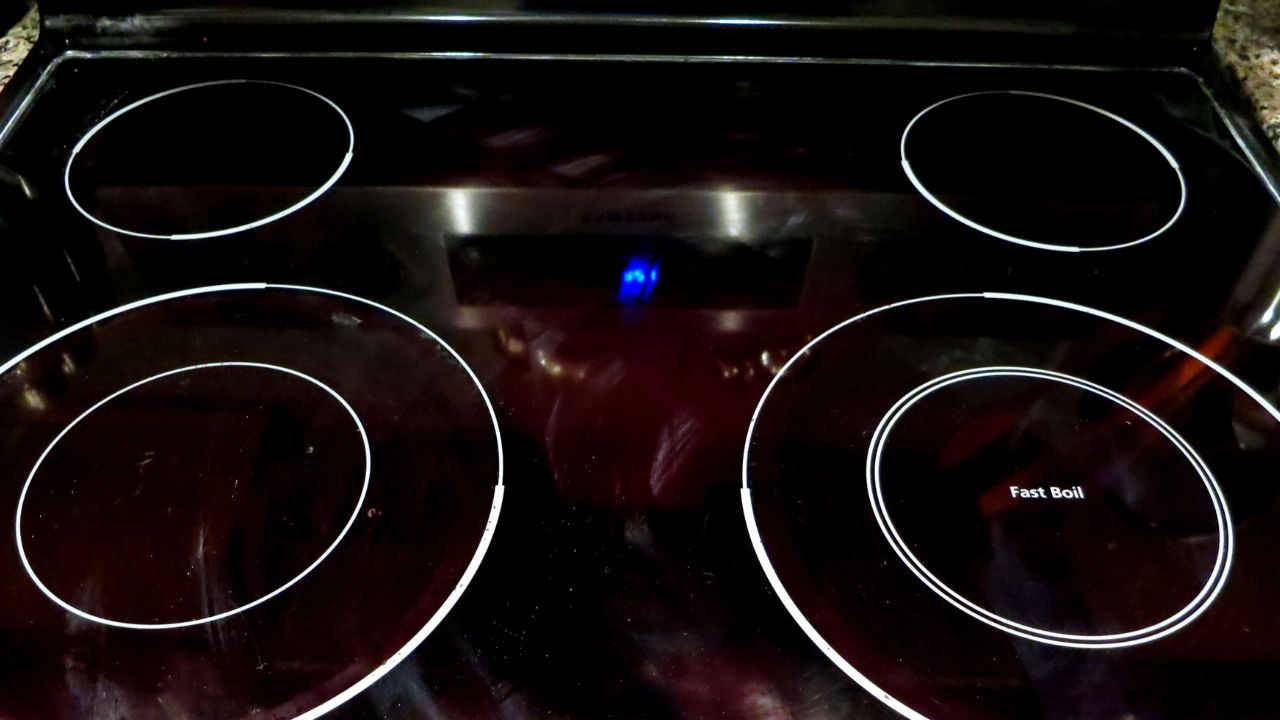
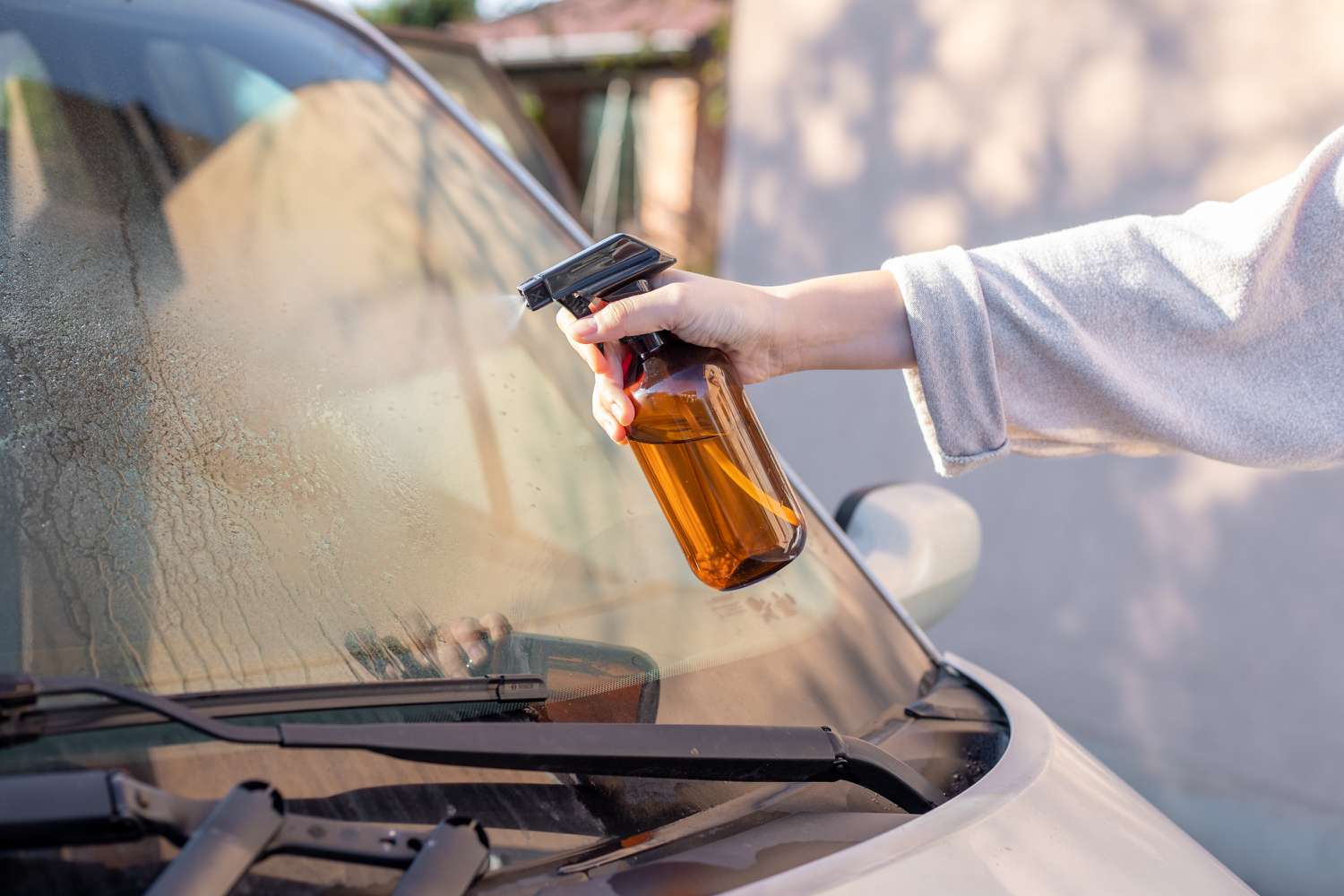
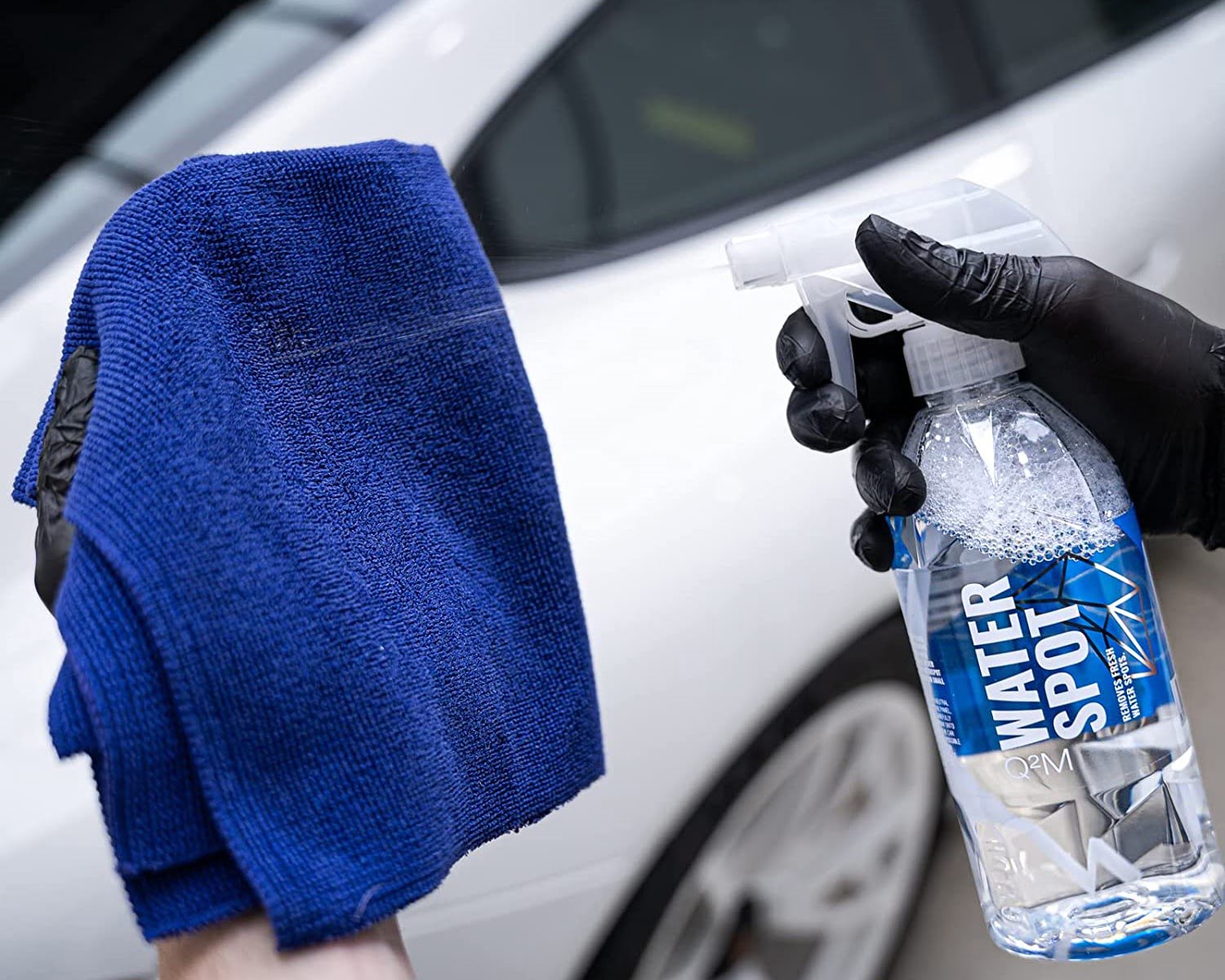

0 thoughts on “How To Remove Water Stains From Car Glass”